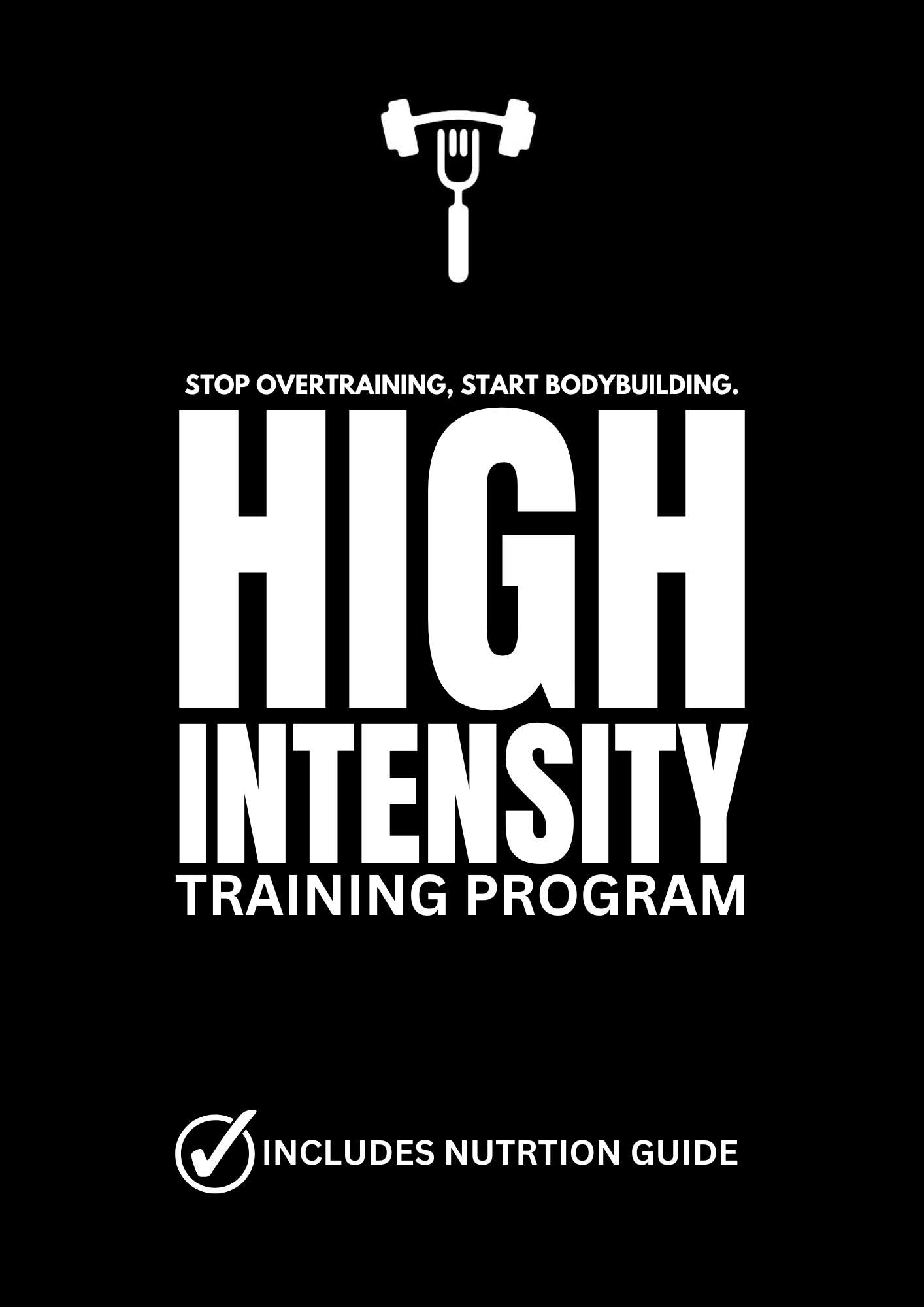Heavy Weights vs. Lightweights for Muscle Growth

The pursuit of muscle gains is a perennial endeavor that has sparked fervent debate among fitness enthusiasts for decades. At the heart of this discourse lies the age-old question: which is superior for muscle growth—heavy weights or lightweights? While some steadfastly adhere to the tenets of heavy lifting, others extol the virtues of lighter loads and higher repetitions. Amidst the cacophony of conflicting opinions, delving into the nuances of exercise science offers invaluable insights into this enduring conundrum.
Picture two contrasting scenarios: in one, an individual embarks on a rigorous session of heavy lifting, aiming for a low rep range of 6 to 10, pushing their muscles to the brink of failure. In the other, they opt for lighter weights, engaging in an extended series of repetitions ranging from 20 to 30. The challenge that arises is clear: to discern which approach yields superior results in the pursuit of muscle growth.
As we delve into the intricate mechanisms of muscle hypertrophy, it becomes evident that both heavy and light weights play pivotal roles in stimulating muscle growth. Dr. Brad Shonfeld, a luminary in exercise science, has elucidated the notion that muscle growth can be elicited across a spectrum of loading intensities, encompassing even higher rep ranges traditionally associated with endurance training.
The crux of the matter lies in comprehending the subtle interplay between various stimuli that propel muscle growth. Heavy lifting excels in generating maximal tension through lower rep ranges, facilitating gains in strength and muscle mass. Conversely, lighter weights and higher repetitions induce metabolic stress, a potent catalyst for muscle hypertrophy.
However, the dichotomy between heavy and light weights belies a deeper truth: each modality serves as a unique stimulus for muscle growth, targeting distinct physiological pathways within the body. By embracing the versatility of both approaches, fitness enthusiasts can craft a well-rounded training regimen that optimally stimulates muscle growth while mitigating the risk of overuse injuries.
For individuals traversing the realm of fitness in their later years, the preservation of strength assumes paramount significance for overall health and longevity. While lighter weights may have their place in such endeavors, it is imperative not to discount the indispensable benefits of heavy lifting in maintaining muscle mass and functional capacity.

In crafting a balanced training program, the essence lies in striking the perfect equilibrium between heavy, moderate, and light loads. Aim for a judicious blend of modalities, with approximately 50% of your workload allocated to moderate rep ranges, supplemented by heavy lifting (10%) and lighter weights (40%). This holistic approach ensures comprehensive stimulation of muscle fibers while safeguarding against monotony and overuse injuries.
In the grand tapestry of muscle growth, there exists no panacea or one-size-fits-all solution. Rather, success lies in the artful integration of diverse training modalities, tailored to individual goals, preferences, and physiological peculiarities. So, the next time you step into the gym, remember: whether heavy or light, the key to unlocking your muscle-building potential lies in discovering the perfect balance that resonates with your unique journey.

